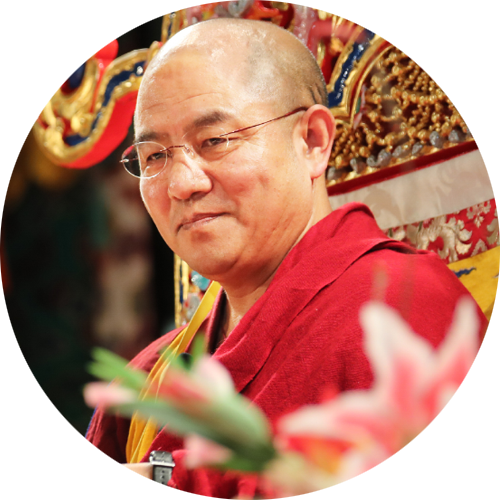31. The Suffering of Birth
Longchen Nyingtik Meditation 31
The Beginning
Take refuge and arouse bodhichitta.
The Main Part
Meditate on the suffering of birth among the four rivers of birth, old age, sickness, and death:
In the bardo state, the smell-eating consciousness of a being drifts here and there, and when seeing its future parents in union, it interposes itself into the mixture of father’s semen and mother’s egg. From then on, in seven weeks it passes through the seven embryonic stages of round jelly, viscous ellipse, thick oblong, and so forth, and develops further until a full body is formed.
In its mother’s womb, the fetus is trapped inside a dark, rank, and suffocating uterus. When the mother eats something cold, it feels as if it is being thrown into freezing water; when she eats hot food, it suffers pain as if being burned by fire; when she sleeps, it feels as if it is buried under the weight of a hill; when she is hungry, it feels like it is falling from a precipice. And these kinds of pain last for the whole nine months of gestation. We certainly have suffered so ourselves, but we don’t remember due to a long lapse of time and the veil of gestation.
At labor, the baby is forced through the mother’s extremely narrow, bony pelvis; sometimes it cannot be delivered and dies, and even if it survives, it experiences a pain not unlike that of dying. After exiting from the womb, as soon as the baby is touched, it is as if its flesh were being cut off with razors. When bathed, it is as if its skin was peeling. In this way, the baby experiences innumerable pains. That’s why the first thing the baby does when arriving in this world is to cry loudly, a tearful protest of suffering.
Wherever humans are born, such suffering of birth is inescapable. Having contemplated deeply on this, resolve: I must practice the Dharma uninterruptedly to avoid being reborn again in samsara.
The Ending
Dedicate all the merit of your practice to all sentient beings.
